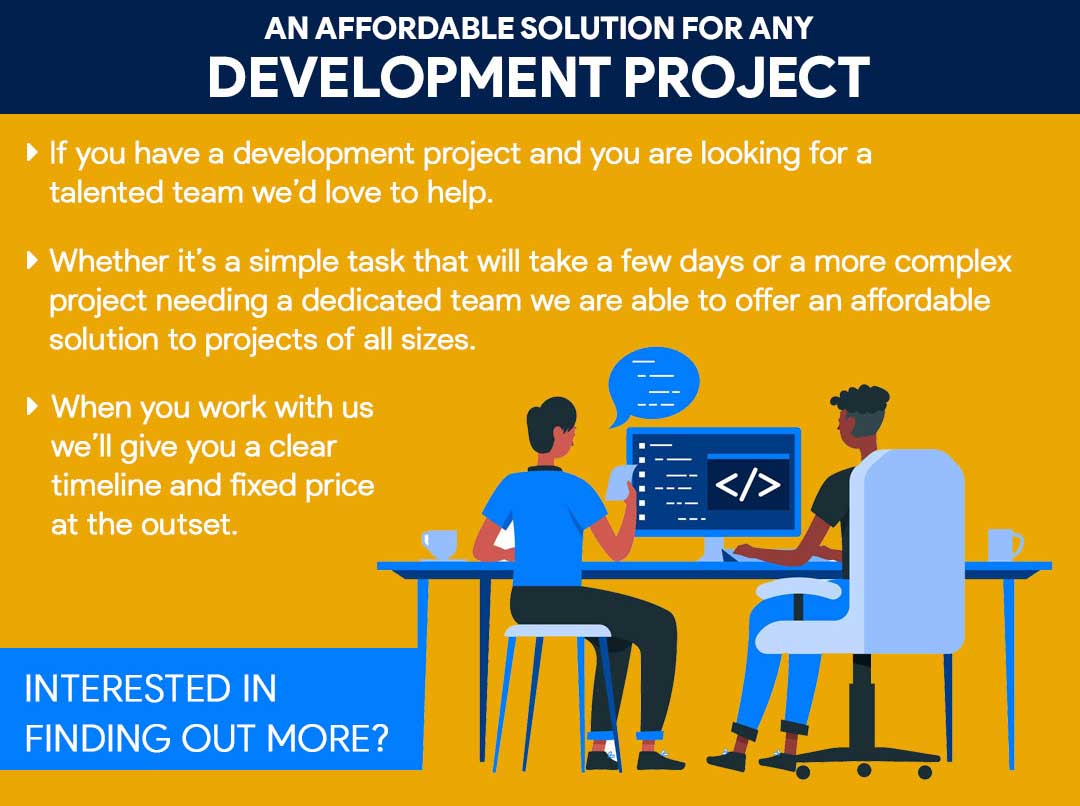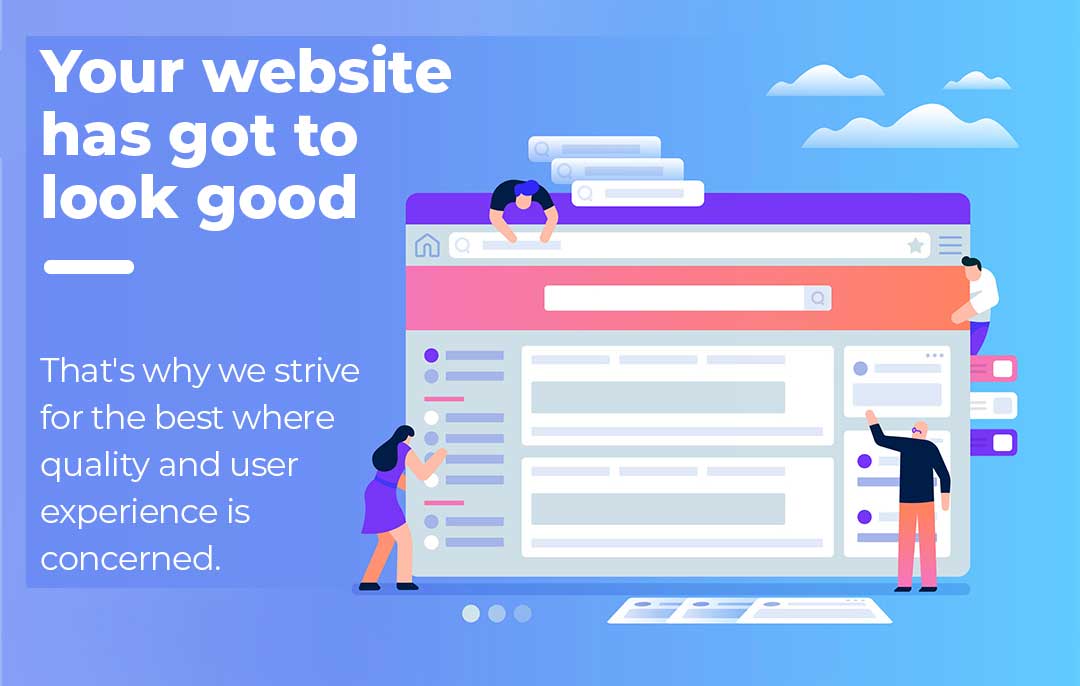The Role of Web Animations in Boosting User Engagement
Web animations have moved far beyond being decorative elements. In today’s fast-evolving digital landscape, they play a critical role in guiding users, creating feedback loops, enhancing usability, and ultimately driving user engagement.
Whether it’s a button that pulses when hovered, a micro-interaction on a form field, or a full-page transition, web animations help create smoother, more human-centered digital experiences. When used thoughtfully, they reduce cognitive load and communicate meaning without the need for extra content.
So how exactly do web animations influence engagement? Let’s explore the psychology, application, and strategy behind it.
Why Web Animations Matter More Than Ever
In the age of speed, attention spans have shrunk. Users now expect digital experiences to feel fluid, responsive, and intuitive. Static interfaces fall short when users expect feedback from every action they take.
Web animations meet these expectations by:
- Providing visual feedback: Indicating that an action is being processed (e.g., a spinner after form submission).
- Enhancing navigation cues: Helping users understand where they are and where they’re going.
- Reducing friction: Making transitions feel natural and less jarring.
- Delighting users: Adding subtle flair that makes your brand memorable.
A Google study on motion design noted that users perceive animated interfaces as faster and more polished, even if the actual load time remains the same.
Types of Web Animations That Drive Engagement
To truly grasp the role of web animations in user engagement, it’s important to understand their various forms and purposes:
1. Microinteractions
Microinteractions are tiny animations triggered by user actions, like liking a post or toggling a switch. Though small, they’re crucial in providing instant visual feedback and confirming actions.
Example: Instagram’s heart burst animation when liking a photo isn’t just cute — it’s confirmation that your action registered.
2. Loading Indicators
Spinners, skeleton screens, or animated progress bars keep users engaged during waiting periods. Instead of feeling like time is wasted, users perceive your site as responsive and thoughtful.
3. Transitions and Page Animations
Smooth transitions help users feel in control. When a new section slides in or a modal fades up, users intuitively understand that content has changed, without feeling lost or disoriented.
4. Onboarding Animations
Introducing new features or guiding first-time users? A subtle animated walkthrough can simplify complex steps and reduce drop-offs during onboarding.
5. Hover and Focus Effects
These animations enhance interactivity by letting users know what’s clickable or selected. A gentle shadow shift or color change on hover subtly increases engagement without being intrusive.
The Psychology of Motion: Why Animation Works
Humans are hardwired to notice motion. In nature, movement often signals change or threat — which is why our eyes are drawn to anything moving on screen. But in UX, this instinct is harnessed positively.
Web animations work because they:
- Guide attention to important actions or messages.
- Reinforce hierarchy, making it clear where to click or what to do next.
- Create continuity, helping users feel in control of their journey.
- Trigger emotion, offering satisfaction, surprise, or delight.
When users are emotionally connected and visually guided, they’re more likely to stay, explore, and convert.
Web Animations in Action: Case Studies
Apple
Apple uses animations not just for flair, but as a narrative tool. On product pages, subtle parallax and scroll-triggered animations make users feel immersed in the story — increasing dwell time and brand engagement.
Google Material Design
Google’s design system builds animations into its core. Transitions, ripples, and reveals all follow precise guidelines to ensure consistency and meaning. The result? A highly intuitive user experience that feels cohesive.
Airbnb
When users interact with Airbnb’s calendar, animations make date selection feel smooth and responsive. Microinteractions guide users effortlessly without confusion or friction.
Best Practices for Using Web Animations
While web animations can enhance engagement, overuse or poor execution can cause more harm than good. Here’s how to do it right:
Keep it purposeful
Animations should serve a function, like directing attention or confirming action. Avoid animations just for aesthetic appeal.
Be subtle and fast
Stick to short durations (200ms–500ms). Anything too slow will feel sluggish, and too fast may feel jarring.
Follow natural motion
Use easing curves like ease-in-out to mimic real-world acceleration and deceleration. This makes animations feel intuitive.
Respect accessibility
Not all users enjoy motion. Offer reduced-motion alternatives or respect system preferences to avoid triggering motion sickness or distractions.
Test performance
Poorly optimized animations can impact load time. Use CSS over JavaScript for smoother, hardware-accelerated transitions, and test on mobile.
SEO and Engagement Benefits of Web Animations
Search engines like Google don’t directly rank websites higher for animations. However, the engagement metrics they influence—like bounce rate, session duration, and interaction rate—can indirectly affect SEO.
When users stay longer on your site, complete more actions, and feel more satisfied, search engines notice. Web animations that improve UX can lead to:
- Lower bounce rates
- Higher conversions
- Increased time-on-page
- Stronger brand perception
And in an age where Core Web Vitals matter, even perceived performance matters. Animations that suggest responsiveness can trick the brain into thinking the site is faster.
Tools and Libraries to Animate Smartly
Want to implement web animations professionally? Here are some tools that strike a balance between creativity and performance:
- Framer Motion (for React)
- GSAP (GreenSock) — powerful JavaScript animation toolkit
- Lottie — for rendering animations from Adobe After Effects
- CSS Keyframes & Transitions — best for lightweight, native motion
- ScrollTrigger — advanced scroll-based animation support
Engage Emotionally, Design Responsively
Web animations are more than digital eye candy. They’re interaction cues, feedback tools, and emotional triggers, all rolled into one. When thoughtfully designed, animations build trust, ease navigation, and turn passive users into active participants.
In 2025 and beyond, brands that incorporate motion design into their UX strategy will not only create delightful experiences but also foster lasting engagement.So next time you design a product page, a form, or even a simple menu, think: Where can animation help the user, not distract them? That’s where the magic lies.





